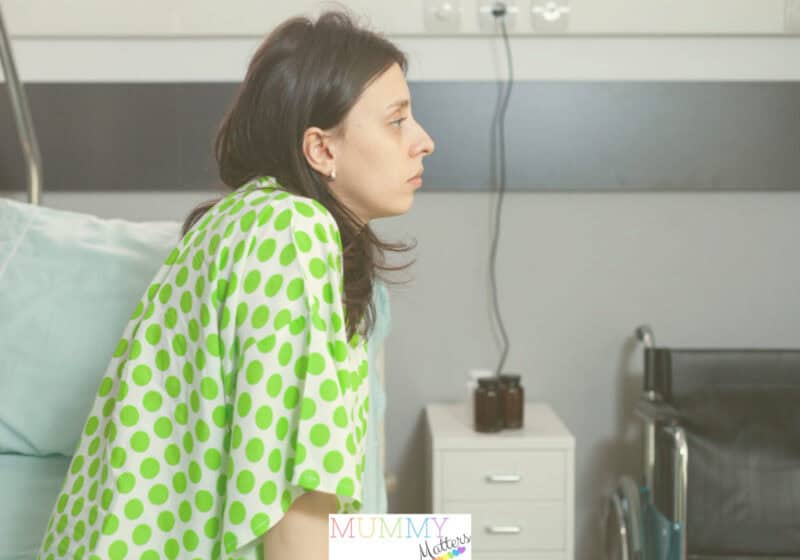PTSD After Medical Trauma: What Patients Need to Know
Table of Contents
When we think of trauma, we often picture accidents, violence, or combat. But trauma can also happen in places meant to heal us—like hospitals and clinics. Medical trauma is real, and for some people, it leads to Post-Traumatic Stress Disorder (PTSD).
In this article, we’ll explore what PTSD after medical trauma looks like, why it happens, and how patients can find healing.
What Is Medical Trauma?
Medical trauma refers to the emotional and psychological response to a distressing or life-threatening medical experience. This could be:
– A serious illness or surgery
– A stay in the intensive care unit (ICU)
– A difficult childbirth
– A medical mistake or misdiagnosis
– Invasive or painful procedures
– Being immobilized or unconscious
For many, these events are not just physically painful—they also feel frightening, confusing, or even violating. When the emotional impact lingers, it can lead to PTSD.
What Is PTSD?
Post-Traumatic Stress Disorder (PTSD) is a mental health condition triggered by a terrifying event—either experiencing it or witnessing it. While many people recover over time, others develop ongoing symptoms that interfere with daily life.
Common PTSD symptoms include:
– Flashbacks or nightmares
– Feeling emotionally numb
– Being constantly on edge or hypervigilant
– Avoiding places or situations that remind you of the trauma
– Difficulty sleeping or concentrating
– Mood changes and irritability
When these symptoms last more than a month and impact your quality of life, it could be PTSD.
How Common Is PTSD After Medical Trauma?
PTSD after medical events is more common than most people think.
– A study published in the Journal of Pain and Symptom Management found that up to 25% of ICU survivors develop PTSD symptoms [1].
– Another study found that 1 in 3 women who experienced a traumatic birth reported PTSD symptoms six months later [2].
– Among cancer patients, rates of PTSD can range from 3% to 20%, depending on the type and severity of treatment [3].
These numbers show that medical experiences can leave lasting emotional scars—even when your body has physically healed.
Why Does Medical Trauma Lead to PTSD?
There are several reasons why medical trauma can lead to PTSD:
1. Loss of Control
Being in a hospital often means losing control over your body, decisions, and environment. That helplessness can be deeply distressing.
2. Fear of Death or Serious Harm
Many patients fear they won’t survive their condition or surgery. That fear, especially if intense or prolonged, can trigger trauma responses.
3. Pain and Sedation
Uncontrolled pain or disorientation from sedation can make the experience feel like a nightmare. Some people also have hallucinations or memory gaps, especially after being in the ICU.
4. Lack of Communication or Support
Feeling misunderstood or dismissed by medical staff can worsen trauma. When patients feel alone or unheard, the emotional impact increases.
Who Is at Risk?
Anyone can develop PTSD after a medical event, but some are at higher risk:
– People with a history of trauma or mental health conditions
– Children and elderly patients
– Those who experienced complications or poor communication during care
– People with limited support systems
– Patients who felt helpless or afraid during treatment
Recognizing risk factors can help in seeking early support.
What Can You Do If You Suspect PTSD?
If you think you might be experiencing PTSD after a medical event, you are not alone, and help is available.
1. Talk to a Professional
A therapist, psychologist, or psychiatrist trained in trauma can diagnose PTSD and offer treatment options. Trauma-informed care is key.
2. Explore Therapy Options
– Cognitive Behavioral Therapy (CBT) helps reframe negative thoughts linked to the trauma.
– EMDR (Eye Movement Desensitization and Reprocessing) is a proven technique for reprocessing traumatic memories.
– Somatic therapies focus on how the trauma is stored in the body.
3. Consider Medication
Antidepressants or anti-anxiety medications can help manage symptoms. Always speak with a doctor to explore what’s right for you.
4. Join a Support Group
Connecting with others who have gone through similar experiences can be healing. It reminds you that your feelings are valid.
Healing Takes Time
Recovering from PTSD is a journey, not a race. Some people improve in weeks, while others need months or years. What’s important is to acknowledge your trauma, seek support, and treat yourself with kindness.
Try to avoid self-blame. You didn’t “overreact” or “make it up.” Medical trauma is real, and so is your pain.
Final Thoughts
PTSD after medical trauma is often overlooked—but it’s just as serious as any other form of trauma. Whether you faced a terrifying diagnosis, a painful procedure, or a traumatic childbirth, your emotional health matters.
If you’re struggling after a medical experience, reach out. With the right care and support, healing is absolutely possible.
You survived the medical trauma. Now, it’s time to heal the emotional wounds too.
References
[1] Parker, A. M., Sricharoenchai, T., & Needham, D. M. (2015). “Posttraumatic stress disorder in critical illness survivors: a meta-analysis.” Journal of Pain and Symptom Management, 50(5), 754–763.e1. https://doi.org/10.1016/j.jpainsymman.2015.04.012
[2] Ayers, S., et al. (2008). “Post-traumatic stress disorder following childbirth: current issues and recommendations for future research.” Journal of Psychosomatic Obstetrics & Gynecology, 29(4), 240–250. https://doi.org/10.1080/01674820802546262
[3] Abbey, G., et al. (2014). “Posttraumatic stress disorder and prolonged grief in cancer survivors.” Journal of Psychosocial Oncology, 32(3), 333–348. https://doi.org/10.1080/07347332.2014.897293




